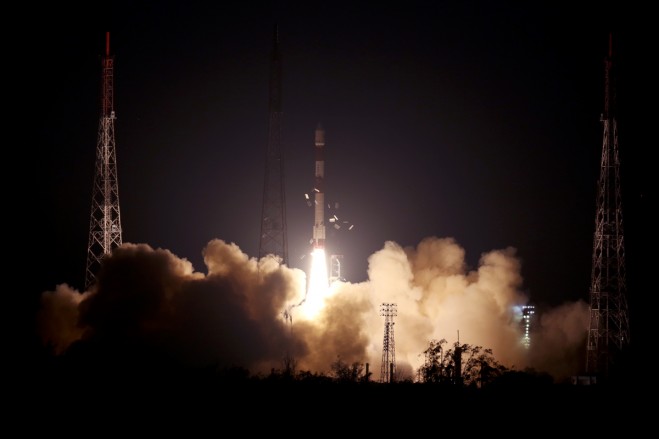

On May 22, 2019, India’s PSLV-C46 successfully launched the RISAT-2B satellite from the Satish Dhawan Space Centre (SDSC) SHAR in Sriharikota.
PSLV-C46 was the 72nd launch vehicle mission from SDSC SHAR, Sriharikota. In this mission, the “Core-Alone” configuration of PSLV was flown (without the use of solid strap-on motors).
About 15 minutes and 30 seconds after lift-off, RISAT-2B was injected into an orbit of 555 kilometers at an inclination of 37 degrees to the equator.
RISAT-2B, with a lift-off mass of 615 kilograms, is a radar imaging Earth-observation satellite intended to provide services to agriculture, forestry and disaster management.